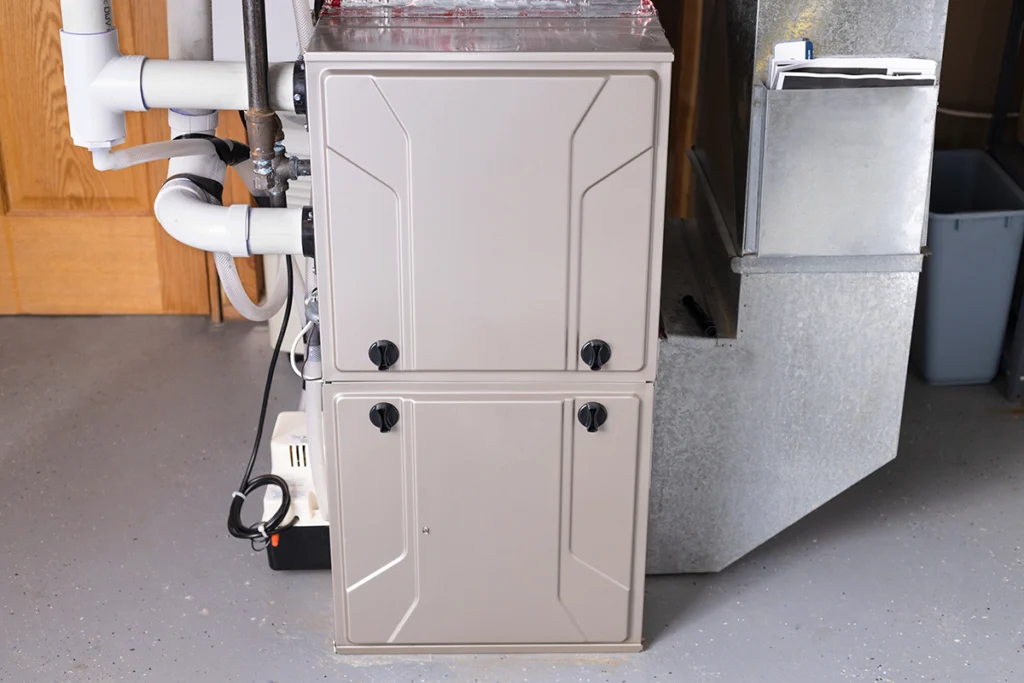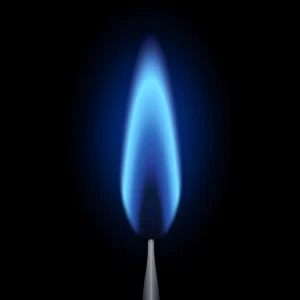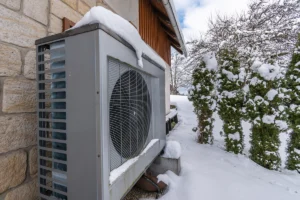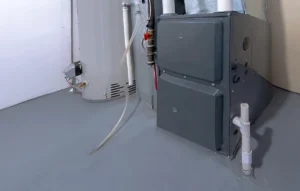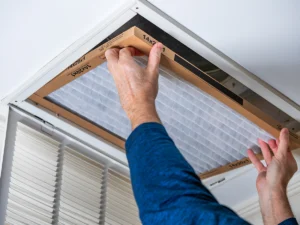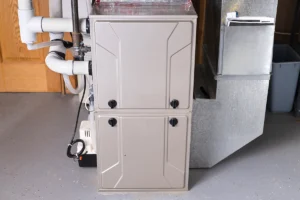One of the questions I get from homeowners most often is, “how long do furnaces last?” It’s a smart question because a furnace isn’t just another appliance — it’s one of the biggest investments you make in your home. You want to get the most out of it, but you also don’t want to wait until it fails on the coldest night of the year to think about replacement.
I’ve worked on furnaces that have been chugging along for two decades and others that called it quits after just 10 years. The difference often comes down to proper care, usage patterns, and when the owner decides enough is enough. Let’s dive into what impacts a furnace’s lifespan, how to spot when yours is nearing the end, and what you can do to make it last as long as possible.
How Long Do Furnaces Last on Average?
Most furnaces last 15 to 20 years when they’re well-maintained. Some high-quality systems, especially gas furnaces, can even reach the 25-year mark under ideal conditions. But lifespan isn’t just about the calendar — it’s about performance.
According to Energy.gov, older furnaces run at much lower efficiency levels, often 56–70% AFUE, meaning nearly half the energy they use is wasted. Compare that to new high-efficiency furnaces with ratings of 90–98.5% AFUE, and you can see why many homeowners replace a furnace before it completely fails — they simply save too much on energy bills not to.
What Affects How Long a Furnace Lasts?
Several key factors impact how long do furnaces last in real homes:
-
Installation quality: A poorly sized or installed furnace may short-cycle, overheat, or fail early.
-
Maintenance: Skipping annual tune-ups is one of the fastest ways to shorten furnace life.
-
Filter changes: A clogged filter makes your blower motor work harder and can lead to overheating.
-
Usage level: A furnace in Minnesota runs far more hours each year than one in Georgia.
-
Humidity and air quality: Corrosion from high moisture or dust buildup can wear parts down faster.
When I work with homeowners, I always explain that you have more control than you think. A properly installed, well-maintained furnace will almost always outlast one that’s neglected.
How Long Do Furnaces Last Before Showing Problems?
Knowing how long furnaces last is helpful, but recognizing the warning signs is even more important. Here’s what I watch for:
-
Frequent repairs: If you’re calling for service multiple times each winter, replacement is usually more cost-effective.
-
Uneven heating: Cold spots, especially when the thermostat is set high, signal declining performance.
-
Spiking energy bills: Rising costs often mean the furnace is running longer and harder to keep up.
-
Strange noises: Banging, squealing, or grinding can indicate serious internal wear.
-
Age: If your furnace is 15+ years old, start planning ahead — even if it’s still running.
I’ve seen many homeowners wait until a complete breakdown, but planning ahead allows you to replace your furnace on your terms, not in an emergency.
When It’s Time to Replace
I usually recommend homeowners consider three main factors when deciding whether to replace:
-
Age: After 15 years, even a working furnace may be costing you more than it should in energy.
-
Repair costs: A general rule is if the repair will cost more than half the price of a new furnace, replacement makes sense.
-
Safety: A cracked heat exchanger can leak carbon monoxide, which is a serious safety risk.
Upgrading isn’t just about preventing breakdowns — it’s about comfort and savings. Newer furnaces are quieter, more efficient, and better at maintaining consistent temperatures.
How to Make Your Furnace Last Longer
While there’s a typical range for how long furnaces last, you can do a lot to stretch that timeline. Here are my go-to tips:
-
Schedule professional tune-ups annually: A pro will clean burners, check airflow, and catch issues early.
-
Change your air filter regularly: Most homes need a new filter every 1–3 months.
-
Seal air leaks: Keeping conditioned air inside means your furnace works less.
-
Keep vents clear: Blocked vents strain the blower motor and reduce efficiency.
-
Listen for changes: Unusual sounds or smells should always be checked out quickly.
Regular tune-ups and simple upkeep can boost efficiency, lower energy bills, and help your furnace reach its full lifespan.
The Comfort and Safety Factor
A furnace that’s on its last legs isn’t just inefficient — it can be dangerous. A cracked heat exchanger can leak carbon monoxide into your home, which is why I always recommend installing a CO detector near bedrooms and living areas. According to the U.S. Consumer Product Safety Commission, carbon monoxide poisoning is a leading cause of accidental poisoning deaths in the U.S.
If you suspect your heat exchanger is cracked, shut off the furnace and call a professional right away. Safety should always come first when you’re deciding whether to repair or replace an aging unit. If you’re concerned about carbon monoxide exposure, check out our blog What Does Carbon Monoxide Smell Like? 5 Key Warning Signs for a quick safety guide.
Lifestyle Benefits of Timely Replacement
Replacing an aging furnace isn’t just about avoiding a chilly night. A new, efficient system can improve your indoor air quality, reduce dust, and help maintain balanced humidity. Many of today’s furnaces also pair with smart thermostats to give you better control over your comfort and energy usage.
Final Thoughts: How Long Do Furnaces Last?
So, how long do furnaces last? On average, you can expect 15–20 years, but maintenance, installation, and usage can extend or shorten that timeline. Recognizing the warning signs and planning for replacement helps you avoid emergencies and save money in the long run.
At Sub Zero Temp Control, we help homeowners make smart choices about furnace repair, maintenance, and replacement. If your system is aging or struggling to keep up, contact us today to schedule an inspection. We proudly serve Vancouver, WA, and nearby areas — and we’ll make sure you stay safe, warm, and comfortable all winter long.


